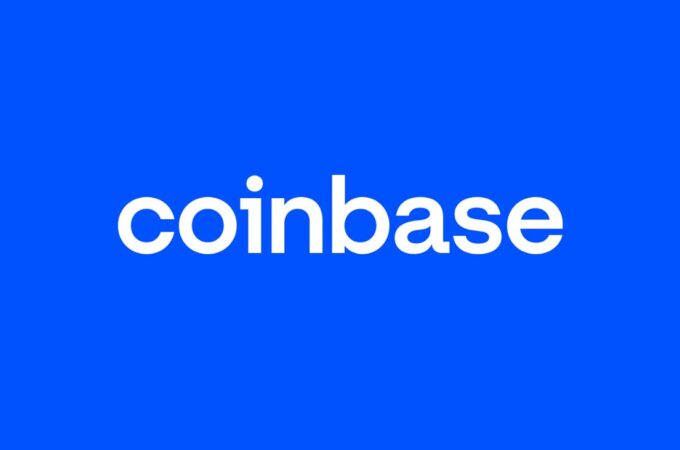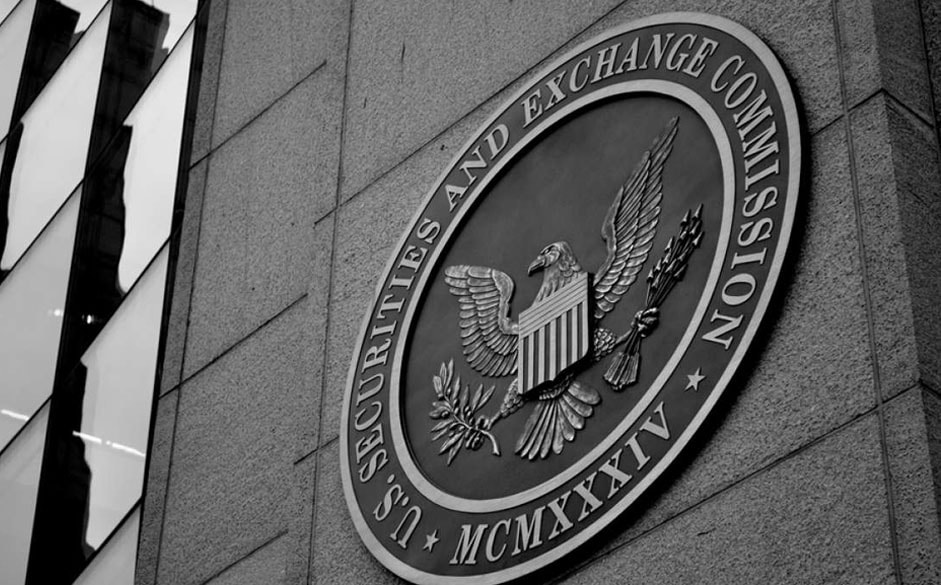
Bank of England and HM Treasury Outline Path Forward for Digital Pound
The Bank of England (BoE) and HM Treasury have issued a comprehensive response to the consultation on a digital pound, revealing insights into the potential development of a central bank digital currency (CBDC). This response addresses crucial aspects such as user privacy, legislative safeguards, and the future landscape of payments. As the financial world navigates the era of digital innovation, the UK aims to position itself as a key player in shaping the future of money.
Key Points from the Response:
- Privacy and Legislative Safeguards: The BoE and HM Treasury emphasize that no final decision has been made on the digital pound, but they are committed to exploring its feasibility and design. The response assures that if a digital pound were to proceed, primary legislation would be introduced, guaranteeing users’ privacy and control over their data. This legislative framework aims to alleviate concerns about potential government access to personal information, ensuring the freedom of users in managing their digital pounds.
- Access to Cash and Public Consultation: The authorities are committed to maintaining access to cash for those who prefer traditional payment methods. The response underlines that a digital pound would coexist with cash rather than replace it. Additionally, before introducing any primary legislation, there would be a further public consultation, allowing both Parliament and the public ample opportunities to express their views on the digital pound.
- Digital Pound Design and Purpose: The proposed digital pound is envisioned as a complement to cash in the digital realm, providing individuals and businesses with additional choices for everyday payments. With a fixed value mirroring physical currency, it would be issued by the BoE, easily exchangeable with other forms of money, and accessed through digital wallets provided by the private sector. It is designed for online and in-store transactions, fostering innovation and efficiency in payments.
- Holding Limits and Interest: The consultation response outlines proposed holding limits for individuals and businesses, with initial limits set between £10,000 and £20,000. The design phase would further explore these limits. Importantly, the digital pound would not pay interest, distinguishing it from savings instruments.
- Timeline and Decision-Making: While a decision to proceed with a digital pound has not been finalized, the design phase is set to continue until at least 2025. The authorities will assess the feasibility of both retail and wholesale CBDCs during this phase. Afterward, a decision on whether to build a digital pound will be made, potentially leading to prototypes, pilots, and a launch decision.
Industry responses, as reflected in the consultation, were largely supportive of the proposed design but raised concerns about privacy, access to cash, and control over digital money. The BoE and Treasury’s commitment to addressing these concerns through legislation indicates a collaborative approach to building trust and gaining public support.
The response from the Bank of England and HM Treasury underscores the careful and considerate approach the UK is taking in exploring the possibility of a digital pound. Privacy, legislative safeguards, and user trust are at the forefront of this initiative. As the financial landscape evolves, the consultation response signals a commitment to responsible innovation, ensuring that any potential digital pound aligns with the values of user privacy and financial inclusivity. The journey toward a digital pound continues, with a keen focus on building trust and fostering a robust digital payments ecosystem in the UK.





